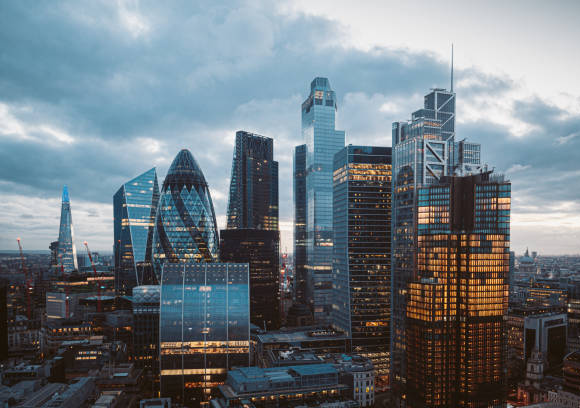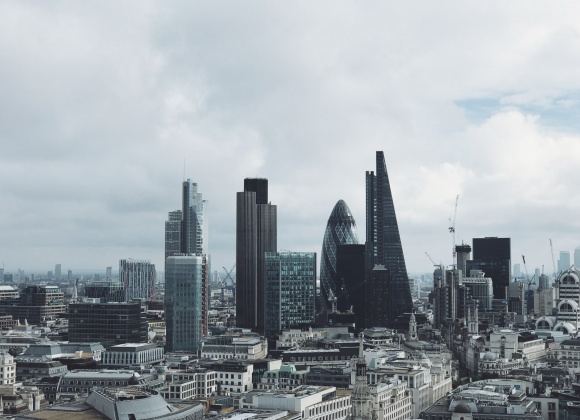The Future of London's Skyline
London’s skyline is going to get more and more exciting over the coming years, and there are quite a few sound and economic reasons for this. It will make a welcome change because London’s skyline has remained mostly unchanged over the last few decades. One of the biggest reasons why London’s skyline doesn’t evolve as often as Chinese and Japanese skylines for example, is because of the price of land in London. A tiny house in certain parts of London are a better investment than most pension plans, and these sorts of unshakable prices make it difficult for developers to be more creative. In order to make their money back, the Shard, the London Eye, the Walkie-Talkie, the Tulip, and the Gherkin were rare until just recently.
It is Too Easy to Criticise
The Tulip is receiving a lot of criticism, with quite a few people viciously against it. Some think it is a waste of space that could be better used, and others simply think it looks silly. Plus, some unfortunate comparisons have already been made online that are causing cyber giggles.
London is trying to compete with China, Hong Kong, Tokyo and the United Arab Emirates where funky buildings have increased the overall prosperity within major cities. Plus, despite the odd appearance of the London Gherkin, the city became richer (economically) because of it. There are very few examples of large buildings failing to make a city better and more prosperous. The most obvious example is the Olympic Stadia in Greece, but the biggest problem with this 2004 structure was that it was built by a country that couldn’t afford it because they assumed it would become the eighth wonder of the world for athletes, when in reality it looks more like the Greek Parthenon than a place where the world’s best athlete visit.
The Tulip Critics Have Been Burned Too Often
There are many places in the UK where local councils have ramped up council tax bills so they can build some artistic nonsense in a town centre for several millions of pounds that is never seen again. The knee-jerk reaction to criticise the Tulip for its artistic appearance is born through bad experiences. However, each time a country undertakes projects of this nature, the city enjoys the benefits.
For example, the Millennium Dome was one of the dumbest and most expensive projects in recent UK history, but eventually it was bought by O2 and has been turning a solid profit since 2008. The dome may have made a loss for a long time and may have cost a lot of money to build, but eventually it started making money for the city and has continued to do so. The Tulip is going to see a lot more criticism, but it will eventually benefit London and the UK because of the money it helps to generate.
Trying to Compete by Modernising
The problems with land prices and building prices has existed for a long time, which is great for owners of real estate in London, but it has stunted the development of high-priced buildings. As a result, the “traditional” look of London has lingered not just because of British culture, but because it is darned expensive to upgrade.
However, the traditional “Cup-o-tea guvnor” reputation isn’t working in an era where places like Ireland are creating their own Silicon Valley. London needs to shake its reputation for being old-money traditional, and it needs to start looking a little more like a futuristic city from the Star Wars prequels. Designers and architects agree that when the Tulip is completed, it will look futuristic, which is going to help London take another step to shaking off its “Big Ben-Buck House” traditional reputation.



